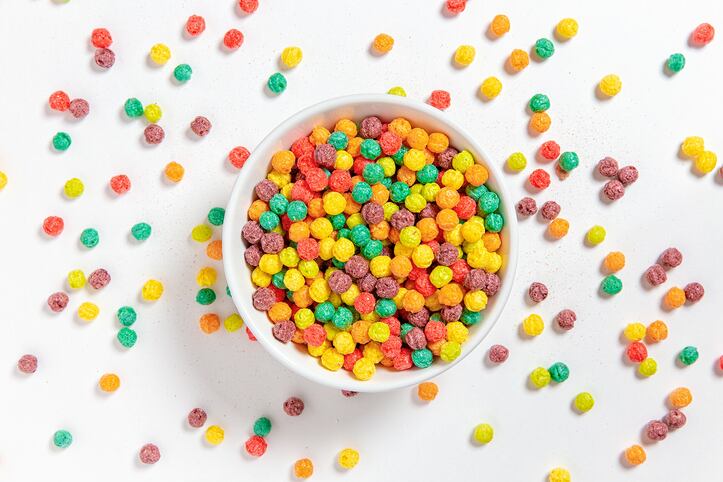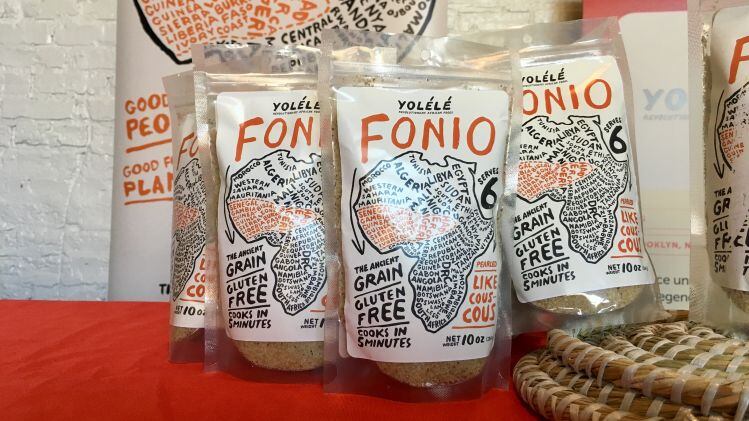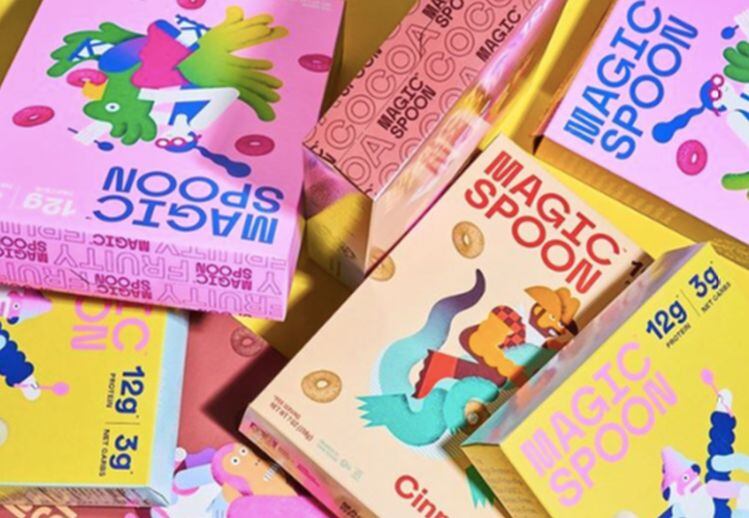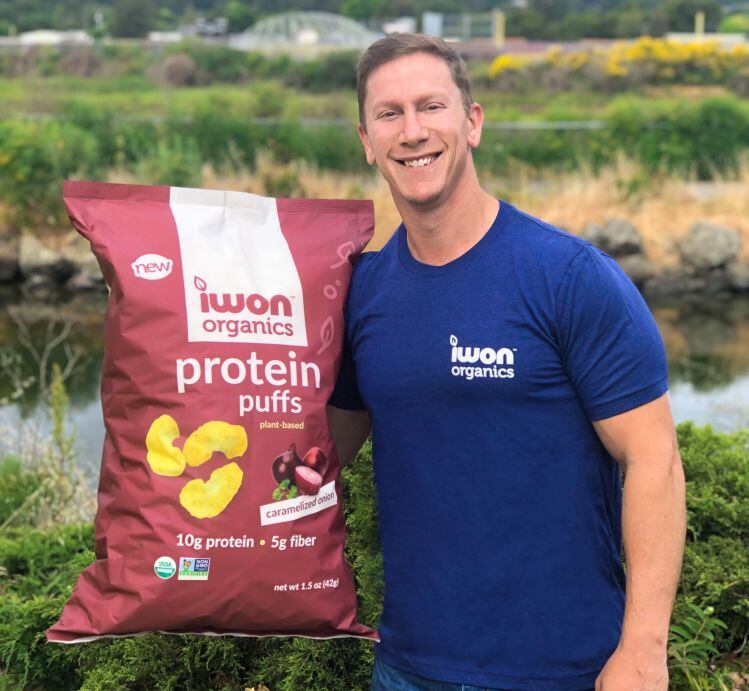Rather, the consumer research group suggests in its Global Breakfast Cereals report released this month that with a few small tweaks to formulas and product positioning brands and marketers can recapture the interest of shoppers who have veered from the category due to health concerns, increasingly busy lifestyles and competition from other categories.
The report acknowledges that cereal consumption has fallen about 2.7% year-over-year in North America from $14.16 billion in 2013 to $12.33 billion in 2018, but it predicts that brands will make up some of this difference in the coming years with a predicted compound annual growth rate of 0.5% between 2018 and 2023 to reach $12.67 billion in sales.
To make the most of this potential, Packaged Facts recommends brands explore several key strategies.
First: Improve the nutritional profile of cereal
Given that many consumers are leaving the cereal aisle because they perceive most options to be sugar-laden and full of empty calories, some players are making up ground by reformulating or introducing cereals that address these concerns and play to growing interest in personalized diets.
For example, Packaged Facts notes, some brands are swapping in ancient grains, seeds and nuts, and other ‘superfoods’ for historically traditional ingredients such as corn and wheat, which have fallen out of favor by some consumers.
It explains, “Shifting dietary preferences in developed markets such as North America and Europe are driving trends for gluten-free, keto-friendly, organic and other niche breakfast cereals, which include more expensive ingredients – such as whole grains, quinoa, and nutritional additives such as protein and fiber – that can increase the value of products.”
Examples of brands catering to demand for gluten-free cereals are Kellogg’s Special K, General Mills’ Honey Nut Cheerios and Quaker Oats’ oatmeal.
Similarly, brands are replacing traditional cane sugar with artificial sweeteners or natural sweeteners such as agave, dates and monk fruit, which consumers view more favorably.
Cereals with added protein and fiber can appeal to consumers following the currently on-trend ketogenic and pale diets, Packaged Facts adds.
Second: Play up novel flavors
On the other end of the health spectrum are brands that are catering to consumers’ desire for novel or nostalgic flavors that recall the sugary cereals of their youth or decadent breakfasts that are more typically reserved for special occasions, such as chicken and waffles.
This strategy could be particularly effective among millennials, Packaged Facts notes, pointing to emerging brands like The Cereal School or Magic Spoon which replicate sugary cereals from the 1980s but with healthier ingredient decks.
Brands are also tapping into millennials' desire for new and exotic flavors by bringing unexpected flavors to cereal, such as General Mills’ Drumstick cereal, Kellogg’s Pop-Tarts cereal and Post’s Dream Cereals, the report notes.
“Other nostalgia-based strategies include use of emojis, celebrity endorsements and catchy slogans on familiar childhood brands,” the report adds.
Third: Reposition cereal beyond breakfast
Given that many millennials are turning away from cereal because they are skipping breakfast or buying something on-the-go as they head to work, one way that brands can recapture their interest is by repositioning their products as snacks and desserts, according to Packaged Facts.
For example, Packaged Facts notes that in June 2017, Kellogg ran its first consumer campaign for Froot Loops in a half century with a goal to reposition the cereal as an anytime snack.
Fourth: Play up convenience
The original appeal of cereal – convenience – still remains a strong selling point for the category, according to Packaged Facts. But rather than targeting this message only to harried parents trying to get kids to school on time or young professionals rushing to the office, Packaged Facts recommends that brands direct this message also at older adults.
In particular, it notes, convenience likely would appeal to empty-nesters preparing meals for themselves or older adults with mobility issues that prevent them from making more elaborate meals.
Other ways to maximize convenience across demographics is to alter packaging so that there are more single-serve options that include a utensil so that it is easy to eat anywhere, anytime, the report notes.
Fifth: Leverage ecommerce
“While still relatively small compared to supermarkets, ecommerce is gaining traction and is evolving as a prominent distribution channel across the globe,” especially for shelf stable staples, such as cereal, notes Packaged Facts.
It points to the success of industry newcomer Magic Spoon in the US, which is focused on direct-to-consumer and ecommerce, which has allowed it to come to market faster and more easily target consumers.
Similarly, online sales fit well with subscription services, as leveraged by Oatbox in Canada and Hummingbird in Australia, the report adds.
Finally, it notes, the added convenience of home delivery from ecommerce sales fits nicely with the overall convenience marketing strategy of cereals.
The report details several other strategies for boosting cereal sales and those who are interested can learn more about the Global Breakfast Trends report here.




